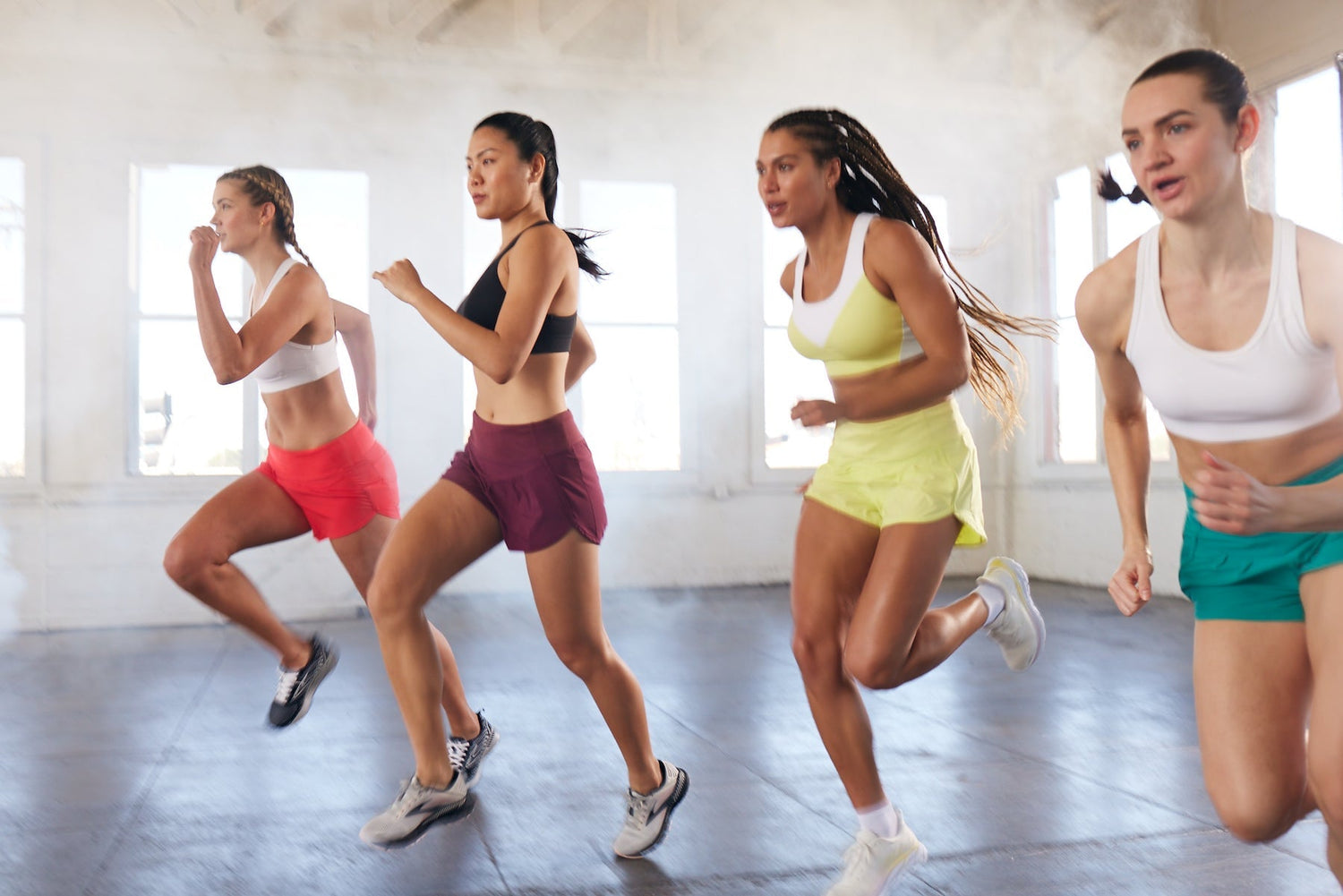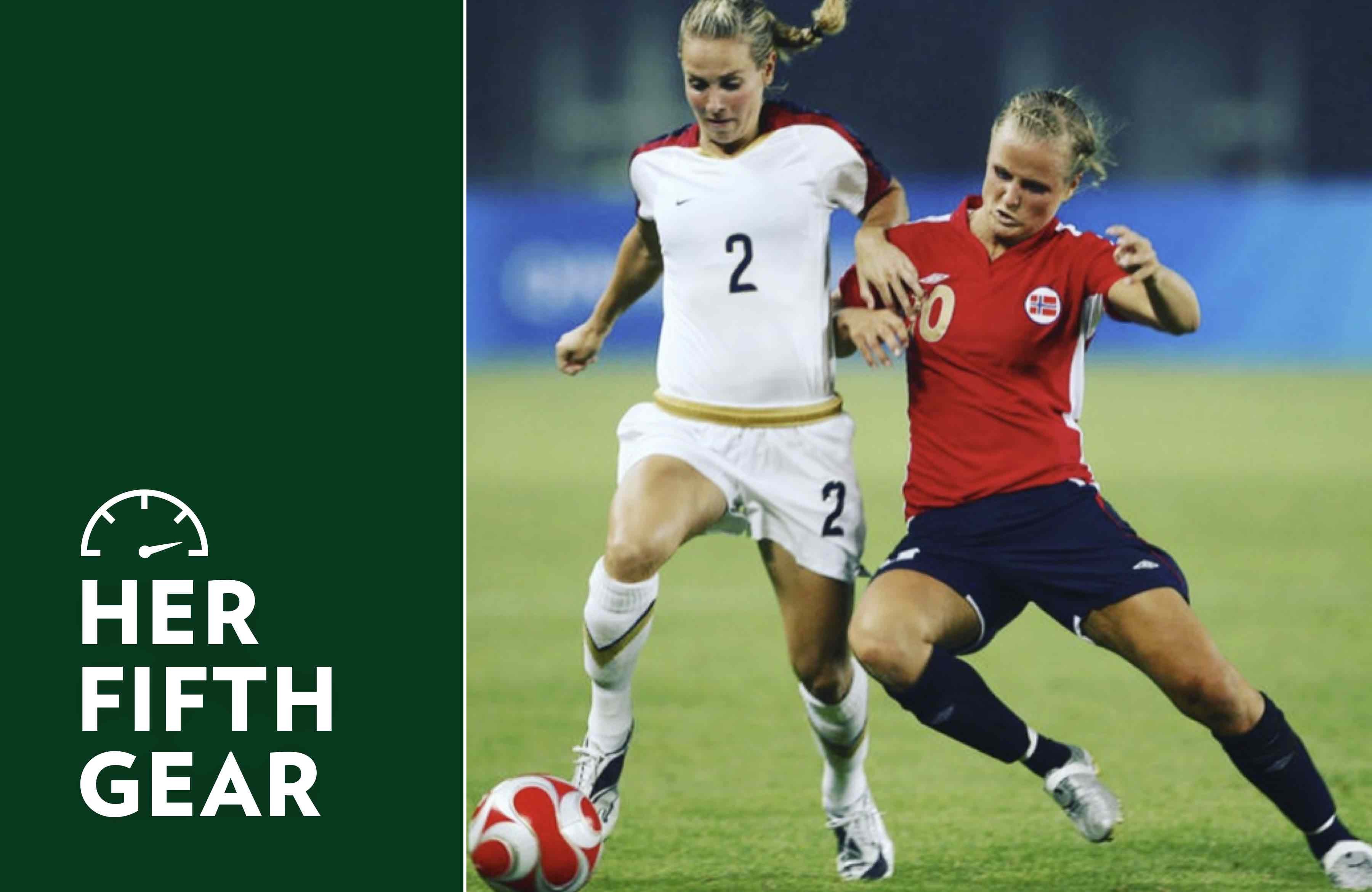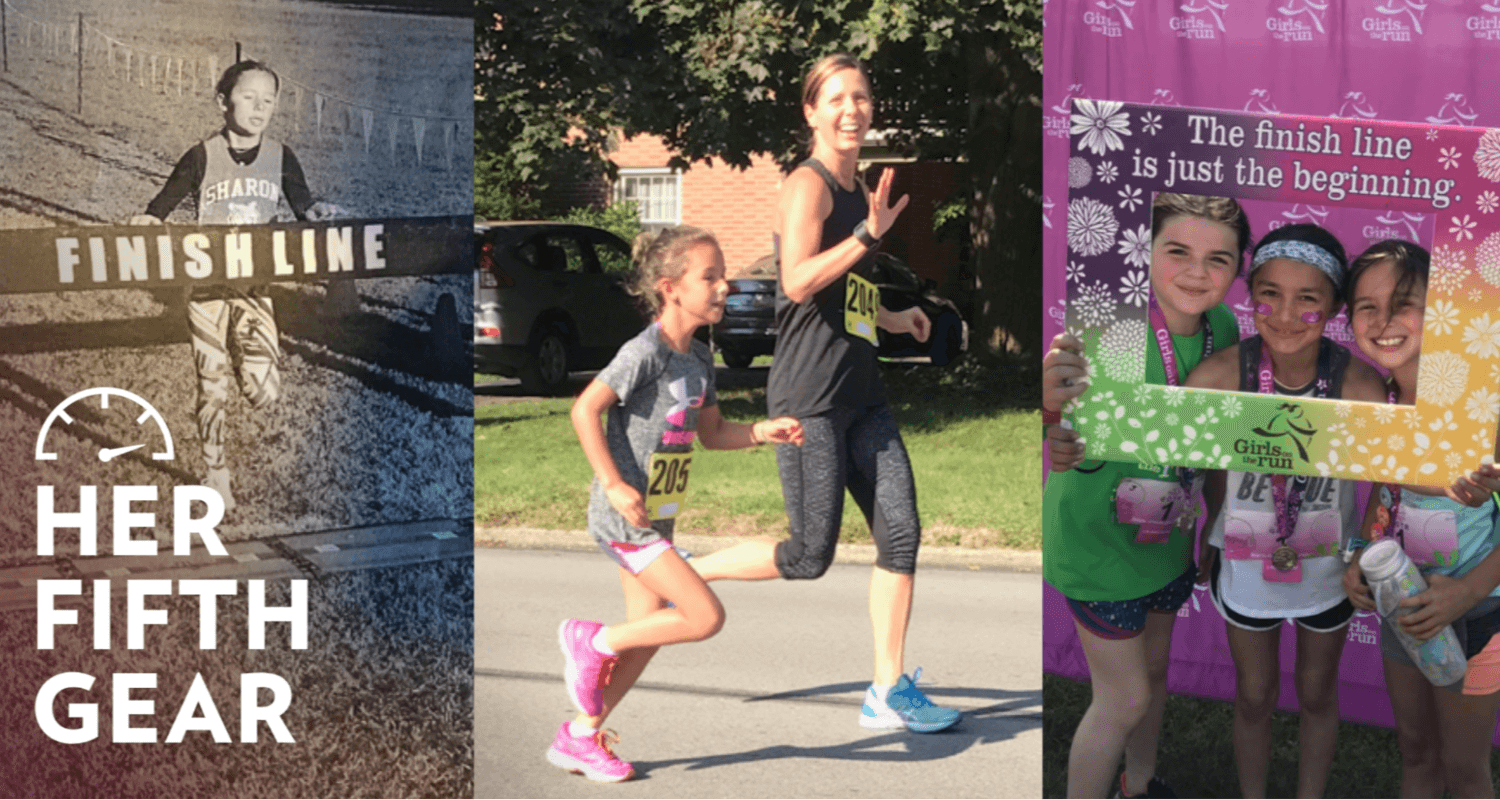The dedication to outdoor training rarely takes a seasonal break. Cold mornings, frozen trails, and biting wind don’t always stop athletes, but they do force a shift in what they wear. Cold weather athletic gear isn’t just about comfort, it’s about making sure the body stays warm, dry, and capable of performing without distraction. The right mix of fabrics, layers, and design details can turn a brutal day into a manageable one, keeping athletes focused on their stride, their pace, or their breath instead of frost creeping into their bones.
Layering As A Performance Strategy
Athletes who push through icy weather know the first mistake to avoid: overdressing. It’s easy to think that piling on heavy clothes will solve the problem, but too much bulk creates sweat, and sweat is dangerous when the air is cold. Base layers built from moisture-wicking synthetics or merino wool give the body a dry foundation. They keep skin insulated without clinging to sweat. A mid-layer adds warmth while letting excess heat escape, and a lightweight outer shell blocks wind and water without suffocating airflow. This layered approach lets athletes adapt as their body temperature rises with movement. Unzipping, rolling sleeves, or shedding a layer mid-run becomes second nature when each piece has a purpose.
The shift in materials over the past decade has made this strategy smarter. Fabrics now regulate temperature, stretch without losing shape, and resist the stiff, frozen feeling that once came with winter training gear. Even compact down has evolved, with treatments that let it resist moisture instead of collapsing into damp clumps. The point isn’t simply staying warm, it’s maintaining a balance where the body doesn’t overheat or crash into chills the moment a sprint slows to a jog.
Feet First: Protecting Balance And Endurance
Feet take the brunt of winter workouts, often landing in slush, snow, or icy puddles. It’s no surprise that footwear designed for the cold has expanded beyond trail running shoes with aggressive lugs. Waterproof membranes now protect without making shoes feel like bricks, and uppers are built to stay flexible in low temperatures. But shoes are only half the story. Pairing them with double layer performance socks can be the difference between comfort and misery. The design cuts down on friction, reduces blisters, and adds a layer of insulation without bulk. For athletes logging serious miles in unpredictable conditions, that kind of small advantage is the hidden detail that keeps them moving longer.
Grip is another factor that turns winter gear from optional to essential. Outsoles engineered with specialized rubber compounds stay tacky on frozen ground, reducing slips when snow hides uneven pavement. For trail runners, microspikes and removable traction aids offer another safeguard. Protecting the feet from cold and instability means the rest of the body can move with confidence, and confidence translates into stamina.
Keeping Muscles Warm Without Losing Mobility
The temptation in winter is to throw on thick sweatpants or fleece-lined tights and call it a day. But athletic performance isn’t about blanket warmth, it’s about maintaining heat in the muscles while still letting joints move freely. Compression tights designed for winter keep blood circulating while adding a thermal layer, supporting muscles that are more prone to tightening in the cold. The fabric blends here do heavy lifting: brushed interiors trap warmth, while exteriors shield from wind. The real benefit shows up in how long it takes to warm up and how quickly the body recovers once the workout ends.
Upper-body coverage follows the same principle. Jackets that blend stretch panels with insulated zones let athletes twist, pump arms, and lift without restriction. Thumbholes in sleeves, high collars, and articulated elbows are small design details that add up, creating coverage that feels tailored for motion rather than bulk storage. It’s not about walking outside bundled up, it’s about layering heat where the body needs it most while keeping every stride or lift smooth.
Gear That Works As Hard As The Athlete
When training collides with winter, small oversights can become major obstacles. A run cut short because gloves soaked through isn’t just frustrating, it can interrupt a training cycle. That’s why accessories have moved from afterthought to necessity. Lightweight gloves that blend insulation with touchscreen compatibility keep hands protected without forcing mid-run stops to change music or check pace. Hats and headbands balance coverage with breathability, keeping heat in without trapping sweat that later chills.
One category seeing particular evolution is women's workout clothes built for the cold. For years, female athletes dealt with gear that was essentially scaled-down men’s designs. Now, tailored fits, considered seam placement, and fabrics designed for both performance and aesthetics have redefined what winter training clothes can be. The focus isn’t just on warmth but on movement and confidence, ensuring that nothing distracts from performance. Cold weather shouldn’t mean feeling buried under gear that doesn’t feel like it was made for the body wearing it.
Adapting To Changing Conditions
Winter doesn’t deliver a single climate, it shifts constantly. Early mornings can start frigid, afternoons thaw just enough for sweat to become an issue, and evenings often bring biting wind back into the picture. This is where modular gear becomes invaluable. Packable jackets that fold into a pocket, removable liners in gloves, and layered headgear let athletes adjust on the fly. One workout might see all three layers of a jacket zipped tight at the start, only to be opened or stowed as the body heats up. The key is flexibility, both in the athlete’s body and in what they’re wearing.

The psychological impact of being prepared also plays a role. Knowing that gear can adapt reduces hesitation about training in unpredictable weather. The mindset shifts from bracing against the cold to focusing on the actual workout. That mental clarity is an underrated part of winter gear design, but it’s just as real as insulation or breathability.
When Style Meets Function
Athletes don’t head out to a run or workout looking for a fashion statement, but confidence comes from feeling good in what you’re wearing. Cold weather athletic gear has increasingly bridged performance with style, ditching the bulky, utilitarian look that once defined winter training clothes. Sleek silhouettes, bold color blocking, and reflective elements not only make athletes safer in low light but also give them a boost in presence. This isn’t about vanity, it’s about recognizing that the connection between body and mind is strengthened when gear feels like an extension of self rather than a barrier.
Manufacturers know that if athletes feel restricted, awkward, or invisible in their clothing, motivation can slip. By blending performance fabrics with designs that look good off the track or trail, winter gear encourages consistency. Athletes are more likely to train when they feel both protected and comfortable in what they’re wearing, and consistency is the foundation of improvement.

Cold weather athletic gear doesn’t erase the challenge of winter training, but it shifts the balance in the athlete’s favor. Smart fabrics, strategic layering, and gear that adapts to the body and environment allow performance to continue without compromise. The season will always bring its hurdles, but with the right preparation, athletes meet them head-on. In the end, gear that works with the body, not against it, becomes less about enduring the cold and more about proving that performance has no off-season.




Leave a comment
This site is protected by hCaptcha and the hCaptcha Privacy Policy and Terms of Service apply.